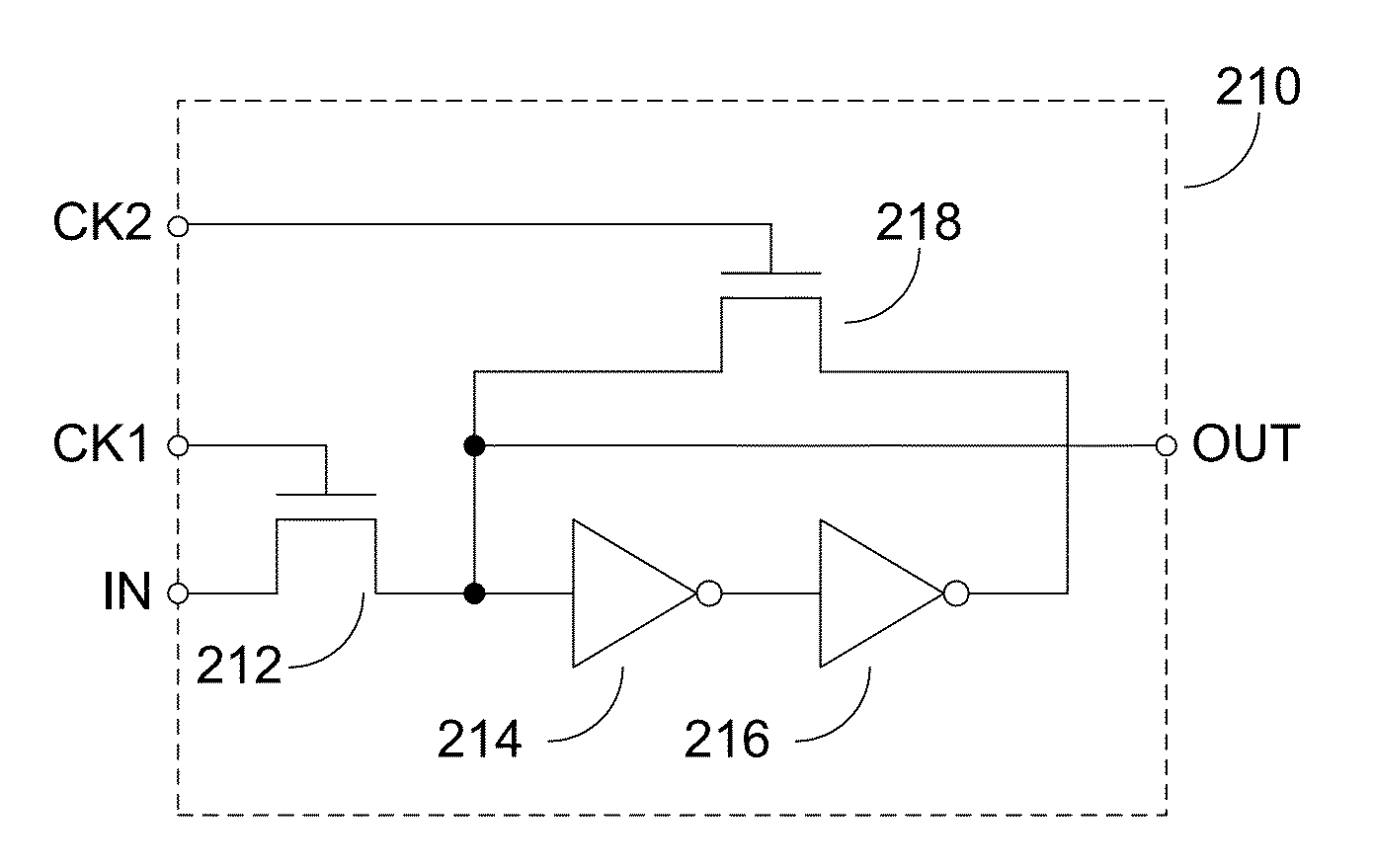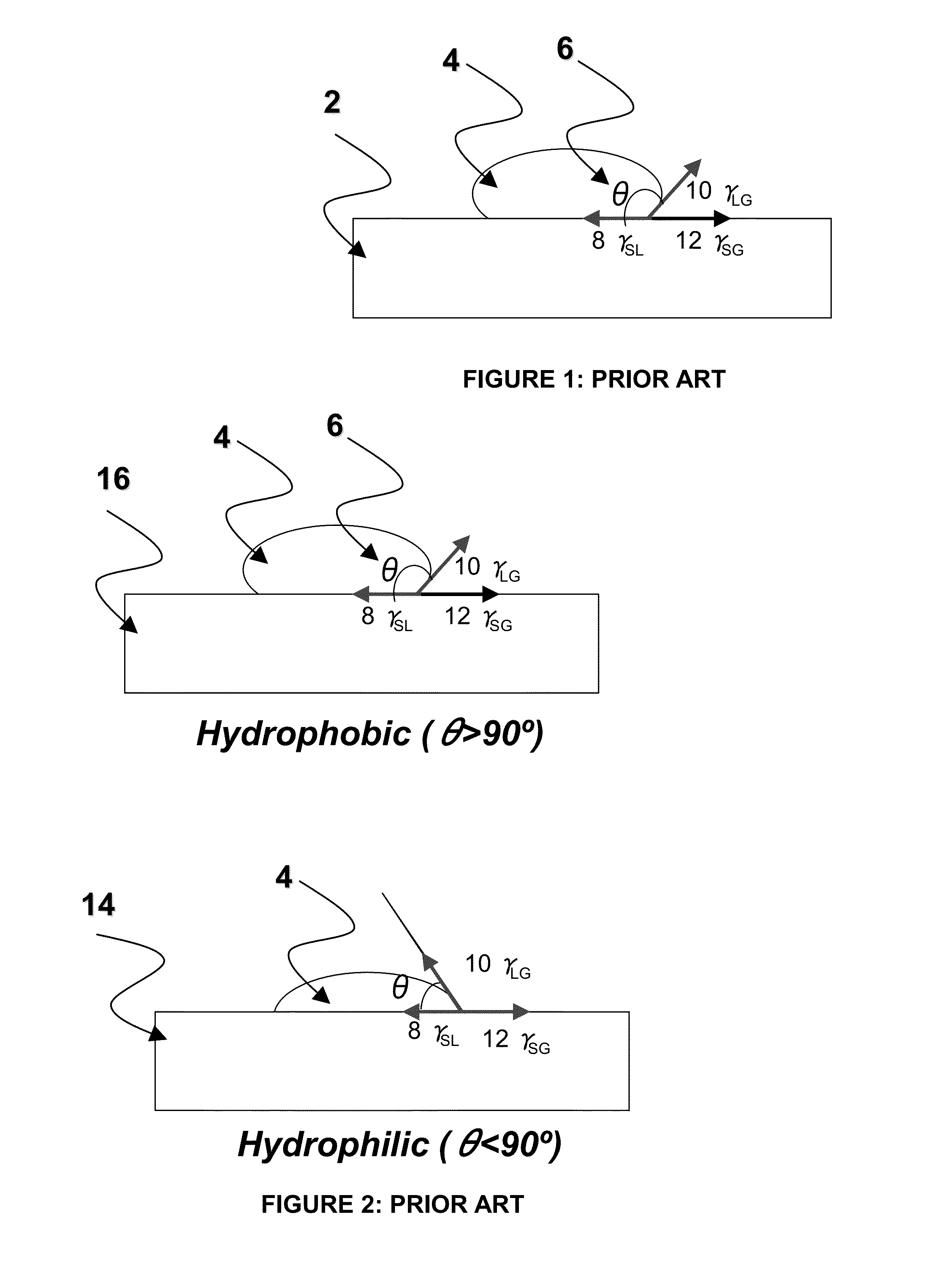Static random-access cell, active matrix device and array element circuit
a technology of active matrix and array elements, applied in the field of digital microfluidics, can solve the problems of not being able to integrate with external sensor electronics, not being able to achieve the maximum voltage rating of tfts fabricated in standard display manufacturing processes, and the limited number of array elements at which impedance can be sensed
- Summary
- Abstract
- Description
- Claims
- Application Information
AI Technical Summary
Benefits of technology
Problems solved by technology
Method used
Image
Examples
first embodiment
[0150]According to the invention, shown in FIG. 27 is an array element circuit 85 for the AM-EWOD device, which incorporates an integrated impedance sensor. As with each of the embodiments of the invention described herein, a plurality of the described array elements are included in an AM display in an array of rows and columns with corresponding driver circuits similar to FIG. 13. Accordingly, additional detail regarding the otherwise conventional portions of the display have been omitted for sake of brevity.
[0151]Referring again to FIG. 27, the array element circuit 85 includes the following elements:[0152]A switch transistor 68[0153]A storage capacitor CS 58[0154]A coupling capacitor CC 146[0155]A diode 148[0156]A diode 202[0157]A transistor 94
Connections supplied to the array element circuit 85 are as follows:[0158]A source addressing line 62 which is shared between array element circuits 85 in the same column[0159]A gate addressing line 64 which is shared between array element ...
fourth embodiment
[0214]The array element circuit 85c of the fourth embodiment is shown in FIG. 32.
[0215]This embodiment is as the first embodiment of FIG. 27 except that the diodes 148 and 202 have been removed and the following additional array elements have been added[0216]A p-type transistor 205[0217]An n-type transistor 206[0218]A power supply line VRST 208 which may be common to all elements in the array.
[0219]The reset line RST 108 is connected to the gate of transistor 206. The reset line RSTB 200 is connected to the gate of transistor 205. The source of transistors 205 and 206 are connected together and to the sense node 102. The drain of transistors 205 and 206 are connected together and to the power supply line VRST 208.
[0220]The operation of this circuit is as described for the first embodiment in FIG. 27 except in the performance of the reset operation. In this embodiment reset is performed by taking the reset line RST 108 to a logic high level and the reset line RSTB 200 to a logic low ...
second embodiment
[0232]The operation of the circuit is essentially similar to that of the second embodiment with the exception that the bias supply VBR 172 is maintained at a bias VX below that of the bias voltage of the sensor row select line RWS 104 throughout the operation of the circuit. This has the effect of making the gated P-I-N diode 144 function like a voltage dependent capacitor, having a bias dependence that is a function of VX, as described in prior art.
[0233]By choosing the range of operation of the RWS pulse high and low levels and an appropriate value of VX it is therefore possible to make the gated P-I-N diode 144 function as a variable capacitor whose value depends upon the choice of VX. The overall circuit functions as described in the second embodiment, where the gated P-I-N diode 144 is a capacitor whose capacitance can be varied. The circuit can therefore effectively operate in different ranges according to whether this capacitance is arranged to take a high or a low value
[0234...
PUM
 Login to View More
Login to View More Abstract
Description
Claims
Application Information
 Login to View More
Login to View More - R&D
- Intellectual Property
- Life Sciences
- Materials
- Tech Scout
- Unparalleled Data Quality
- Higher Quality Content
- 60% Fewer Hallucinations
Browse by: Latest US Patents, China's latest patents, Technical Efficacy Thesaurus, Application Domain, Technology Topic, Popular Technical Reports.
© 2025 PatSnap. All rights reserved.Legal|Privacy policy|Modern Slavery Act Transparency Statement|Sitemap|About US| Contact US: help@patsnap.com



